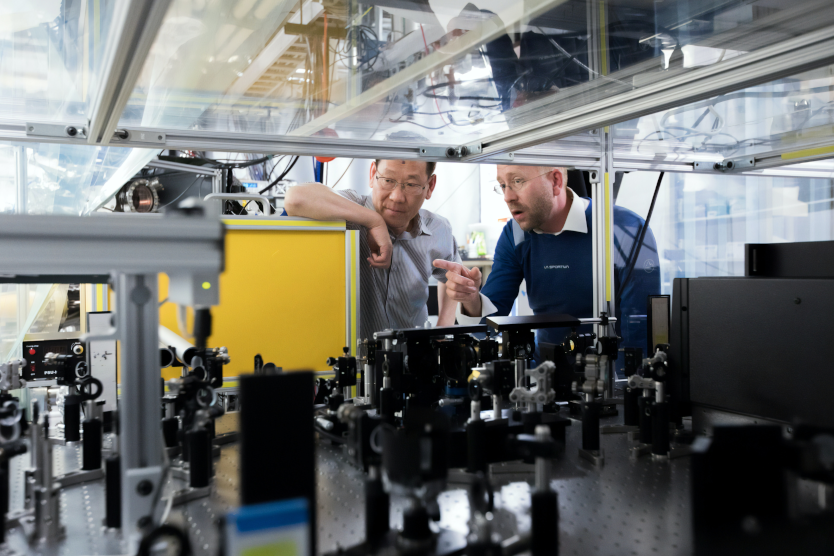
As many of the large machines used in production run on DC anyway, and components such as brake resistors are no longer required with DC, factories can be more energy efficient.
© Unsplash
Smart grids for production halls which run on DC power systems supplied by renewable energy sources could one day be the norm, thanks to an initiative spearheaded by the Fraunhofer Institute for Manufacturing Engineering and Automation (IPA) and Integrated Systems and Device Technology (IISB) and funded by the German Ministry for Economic Affairs and Energy.
The DC–INDUSTRIE 2 project will implement bespoke smart grids with over 30 industrial partners over the next two years. As the German Energy Solutions Initiative has already reported in a previous article, it builds on the forerunner project DC–INDUSTRIE, which found that when groups of machines were networked by a DC power grid – instead of operating on conventional alternating current (AC) – efficiency could be boosted by 5 to 10 percent.
“In DC-INDUSTRIE 2, we hope to increase energy efficiency even further and to cut CO2 emissions,” explains Timm Kuhlmann, research associate at Fraunhofer IPA in Stuttgart in a press release. “At the same time, we want to make the system more flexible so that it can accommodate an increasing use of climate-neutral technology.” Renewable energy sources give out direct current and a DC-based system also makes it easier to balance out supply fluctuations.
All the factory’s systems can be connected up in the smart grid, from the robots on the line to the laptops in the office, which gives the managers more control over energy consumption, storage and generation. “We’re establishing microgrid topologies – i.e., control clusters – which enable us to balance and coordinate energy storage, generation and consumption on the local factory level,” explains Kuhlmann.
A trial is currently underway at Factory 56 in Stuttgart, which is operated by a project partner, Daimler. The plant is equipped with “active bidirectional rectifiers,” which means the factory can also supply the external AC grid with power, whenever it has excess generating capacity. “And this in turn means that normal consumers also benefit from the transition to a new energy economy in the field of Industrie 4.0,” says Kuhlmann.


